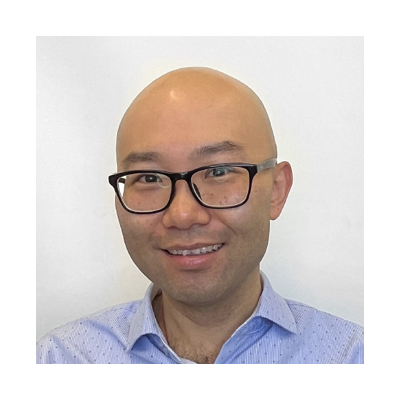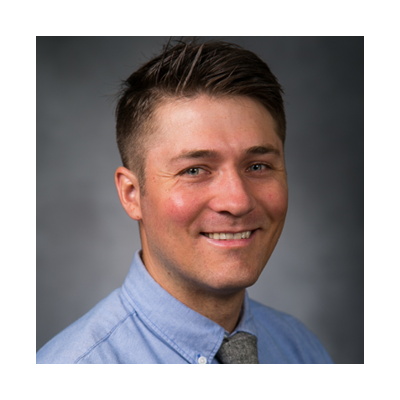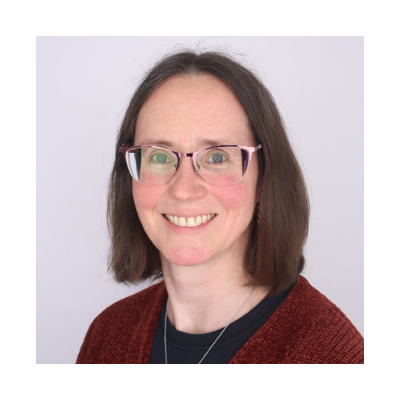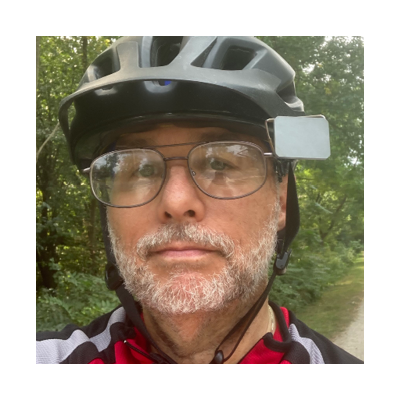US National Division
Election Home | Council | Committees | National Divisions | SIGs
| USND Amended Bylaw Vote |
|---|
The US National Division is proposing amended bylaws, responding to the decision by the National Academy of Sciences to no longer represent the United States in the International Union of Crystallography, effective 1/1/2026. Therefore, a "yes" vote on the new bylaws means you agree that:
-
A new non-profit tax-exempt organization, the American Union of Crystallography (AUC) will become the adhering body to the IUCr.
-
The USND will have a mutually agreed framework to coordinate with AUC.
-
AUC will have many defined responsibilities relating to the IUCr.
-
USND will have increased oversight by choosing the AUC members.
-
USND officers will nominate 2 or 3 candidates for each AUC Executive Officer.
-
USND officers will nominate a slate of seven candidates each year to become AUC Regular Board Members.
-
Every three years, the entire USND membership will vote on a slate of US delegates to the IUCr General Assembly.
-
The USND will add two Officers at Large to its leadership, who will be elected by the USND membership.
|
|
USND Officer at Large Candidates (2 Positions Available)
|
|---|
| Candidate #1 |
|
Candidate #2 |
| Ed Eng |
|
Benjamin Frandsen |
| Member Since 2020 |
|
Member Since 2019 |
 |
|
 |
| As a Senior Scientist at the New York Structural Biology Center, Ed leads the operations team at the Simons Electron Microscopy Center (the world's largest cryoEM facility with 19 electron microscopes - 9 of them being Titan Krios instruments). He also manages the day-to-day operations at the NIH-sponsored cryoEM service center the National Center for CryoEM Access and Training (NCCAT). With an extensive background in designing and managing advanced research infrastructures, he brings a unique blend of applied biological and technical expertise to the life science fields. He directs a team of dedicated professionals who support, cross-train, and empower researchers to use cutting-edge biophysical tools for scientific discovery at their home institutions. Towards that end, Ed champions researchers to make use of new hardware, software, and other technologies to answer complex biomedical research questions. His overall passion is to enable scientists from the life science communities to innovate, collaborate, and educate by lowering the barriers of access to the structural sciences. |
|
Benjamin Frandsen is an associate professor in the Department of Physics and Astronomy at Brigham Young University. An expert in the study of local atomic and magnetic structure in quantum materials using x-ray and neutron diffraction and total scattering techniques, he has been enthusiastically engaged with the structural science community for the entirety of his scientific career. Notable service and leadership activities include selection as a Young Observer for the USNC/Cr at two IUCr Congresses, ACA YSIG social media specialist, ACA Neutrons SIG chair, Executive Committee member of the SNS/HFIR User Group, a founding member of the American Association to Advance Powder Diffraction, and IUCr2026 Communications Committee member. As the 2024 recipient of the ACA’s Margaret C. Etter Early Career Award, he is committed to giving back to the structural science community through dedicated energetic service, and he would be honored to continue that effort with the USND as an Officer at Large. |
| |
|
|
| Candidate #3 |
|
Candidate #4 |
| Cora Lind-Kovacs |
|
Brian Toby |
| Member Since 1999 |
|
Member Since 1990 |
 |
|
 |
|
I am honored to have been nominated to serve on the US National Division of the ACA. This national division will work closely with the newly formed American Union for Crystallography (AUC) to give the US crystallographic community a coherent voice to secure recognition and support of crystallography when necessary. As past chair of the US National Committee for Crystallography, I am very aware that the ability to advocate can be crucial for the future of our science, as I have witnessed first hand how crystallography may be perceived as “just a tool” that does not require continued support.
|
|
Brian Toby is a Senior Scientist at Argonne’s Advanced Photon Source and was previously the founding leader of the APS Materials Characterization and Computational X-ray Science Groups. He was also the APS Chief Computational Scientist. He trained as a physical chemist, with a Ph.D. from Caltech (1986) and a B.A. from Rutgers (1980). Prior to Argonne, he worked at the NIST Reactor, Air Products, the University of Pennsylvania and the Union Carbide Corp. Some of his best-known accomplishments have been the creation of the 11-BM powder diffractometer, including its unique mail-in program, the EXPGUI front-end to GSAS (which has >8000 citations) and as one of the two authors of GSAS-II comprehensive crystallographic analysis package (obsoleting EXPGUI).
In 2020, Brian served as the President of the American Crystallographic Association and in between 2009-2014 was the Vice-chair and Chair of the U.S. National Committee for Crystallography. He received the ACA’s Ken Trueblood Award, the Denver X-ray Conference’s Charles S. Barrett Award, a Bronze Medal from the U.S. Department of Commerce and is a Fellow of the ACA and International Centre for Diffraction Data.
|
|